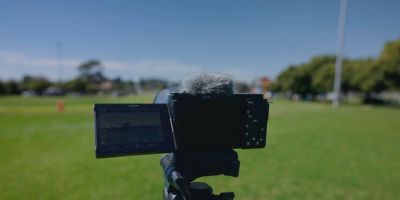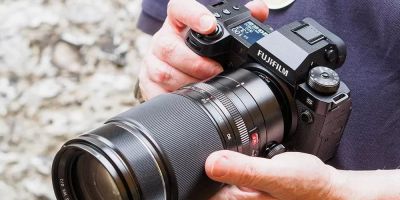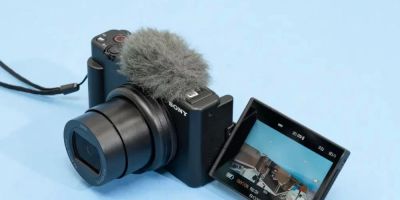- 1-Advantages-Of-A-Touchscreen-Flip-Screen-Camera
- 2-Importance-Of-Dual-Memory-Card-Support
- 3-How-To-Use-The-Touchscreen-Flip-Screen-Effectively
- 4-Real-World-Examples-Of-Dual-Card-Usage
- 5-Choosing-The-Right-Camera-For-Your-Needs
- 6-Where-To-Find-Best-Cameras-And-Accessories
1. Advantages of a Touchscreen Flip Screen Camera
A camera with a touchscreen flip screen offers photographers unmatched flexibility and ease of use. This feature allows for intuitive control through direct screen interaction, simplifying settings adjustments and focus selection. Additionally, the flip screen enhances shooting from unconventional angles, such as low or high positions, making it ideal for vloggers, portrait photographers, and creative professionals.
1.1 Enhanced Compositional Freedom
With the ability to flip and rotate, the screen enables precise framing without contorting your body. This ergonomic advantage reduces fatigue during long shoots and improves overall composition quality.
1.2 Improved Self-Recording and Vlogging
Content creators benefit from seeing themselves while filming, ensuring proper focus and framing. The touchscreen interface further streamlines adjustments on the fly.
2. Importance of Dual Memory Card Support
Dual memory card slots bring significant advantages in terms of storage capacity and data security. Photographers working in high-stakes environments or shooting large volumes can record simultaneously on two cards, providing instant backup and reducing the risk of data loss.
2.1 Backup and Redundancy
Using two memory cards means every shot is saved twice, which is essential for wedding photographers or journalists where losing images is not an option.
2.2 Extended Storage Capacity
Dual cards allow seamless overflow when the primary card fills up, ensuring uninterrupted shooting sessions during events or travel.
3. How to Use the Touchscreen Flip Screen Effectively
To maximize the benefits of a touchscreen flip screen, familiarize yourself with its interface and customizable controls. Most cameras allow you to assign functions to the touchscreen, speeding up your workflow.
3.1 Customizing Touch Functions
Set tap-to-focus, swipe gestures for menu navigation, or pinch to zoom. These customizations enhance shooting efficiency and precision.
3.2 Using the Flip Screen for Creative Angles
Practice shooting low to the ground or over crowds by flipping the screen upward or downward. This versatility opens up creative possibilities not easily achieved with fixed screens.
4. Real-World Examples of Dual Card Usage
A professional wedding photographer shared how dual memory cards saved an entire event’s images when one card unexpectedly corrupted. Having instant backup meant no reshoots and satisfied clients. Another travel photographer appreciates the extended capacity when shooting long time-lapses or high-resolution video, allowing uninterrupted capture during trips.
5. Choosing the Right Camera for Your Needs
When selecting a camera with touchscreen flip screen and dual memory cards, consider factors such as sensor size, autofocus performance, video capabilities, and budget. Entry-level models may offer these features at a lower price point, while professional-grade cameras provide advanced controls and durability.
5.1 Balancing Features and Price
Assess what features matter most for your photography style. If video and vlogging are priorities, a fully articulating flip screen and high-quality audio inputs might be crucial.
6. Where to Find Best Cameras and Accessories
For those ready to invest in a camera with touchscreen flip screen and dual memory cards, Photo Studio offers a curated selection of top models, memory cards, and accessories. Our expert recommendations and comprehensive service options ensure you find equipment tailored to your creative ambitions.





